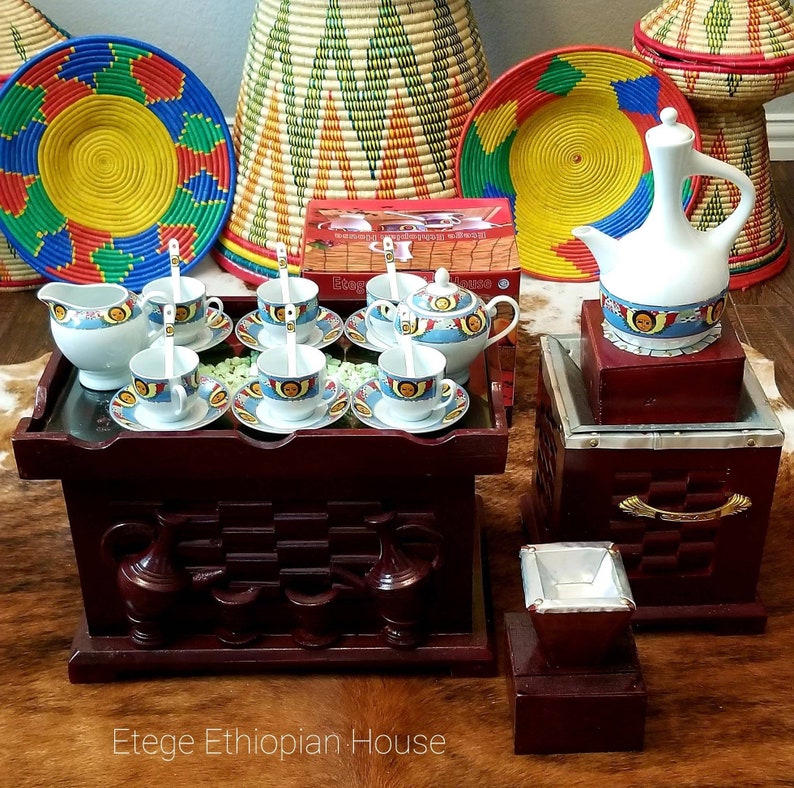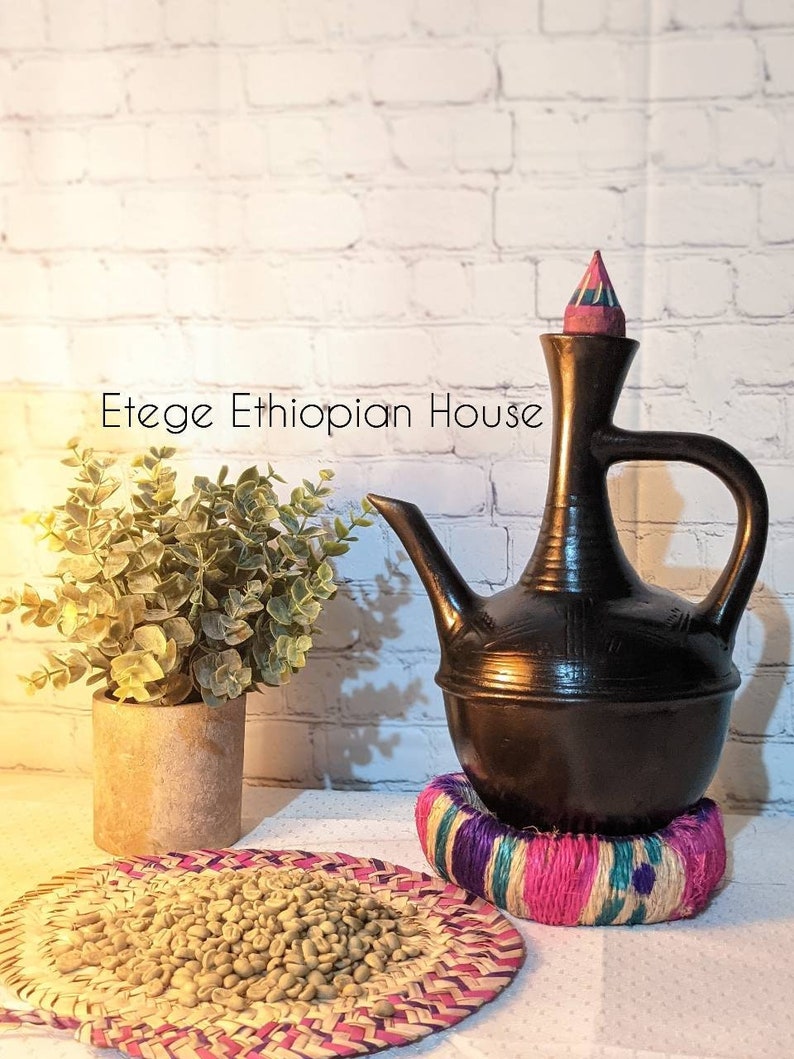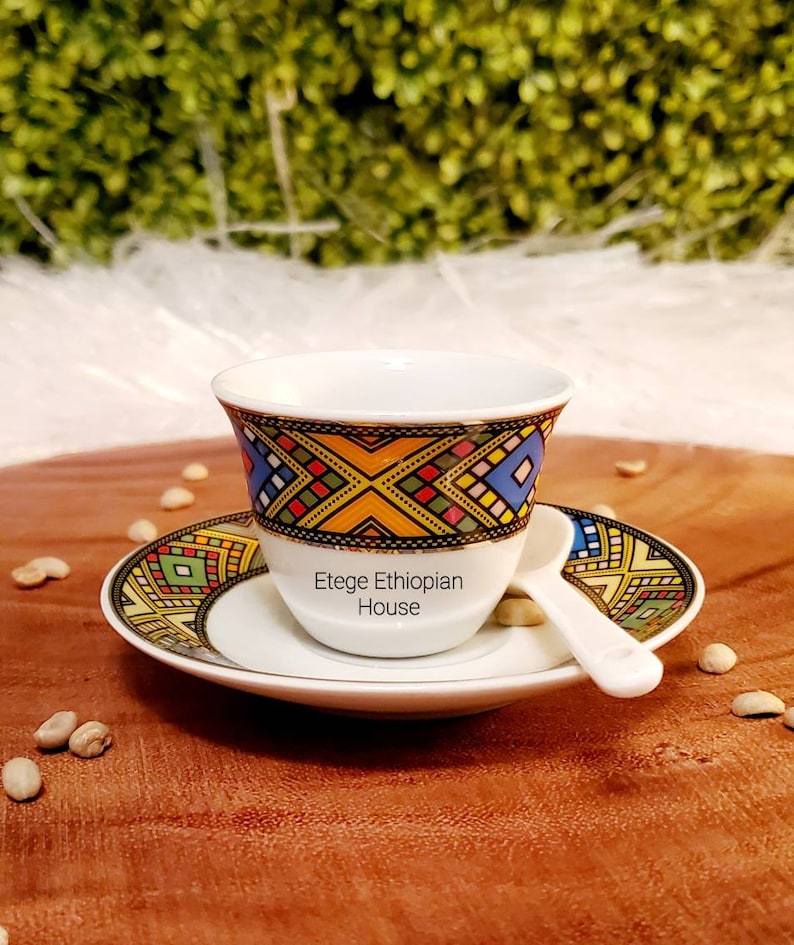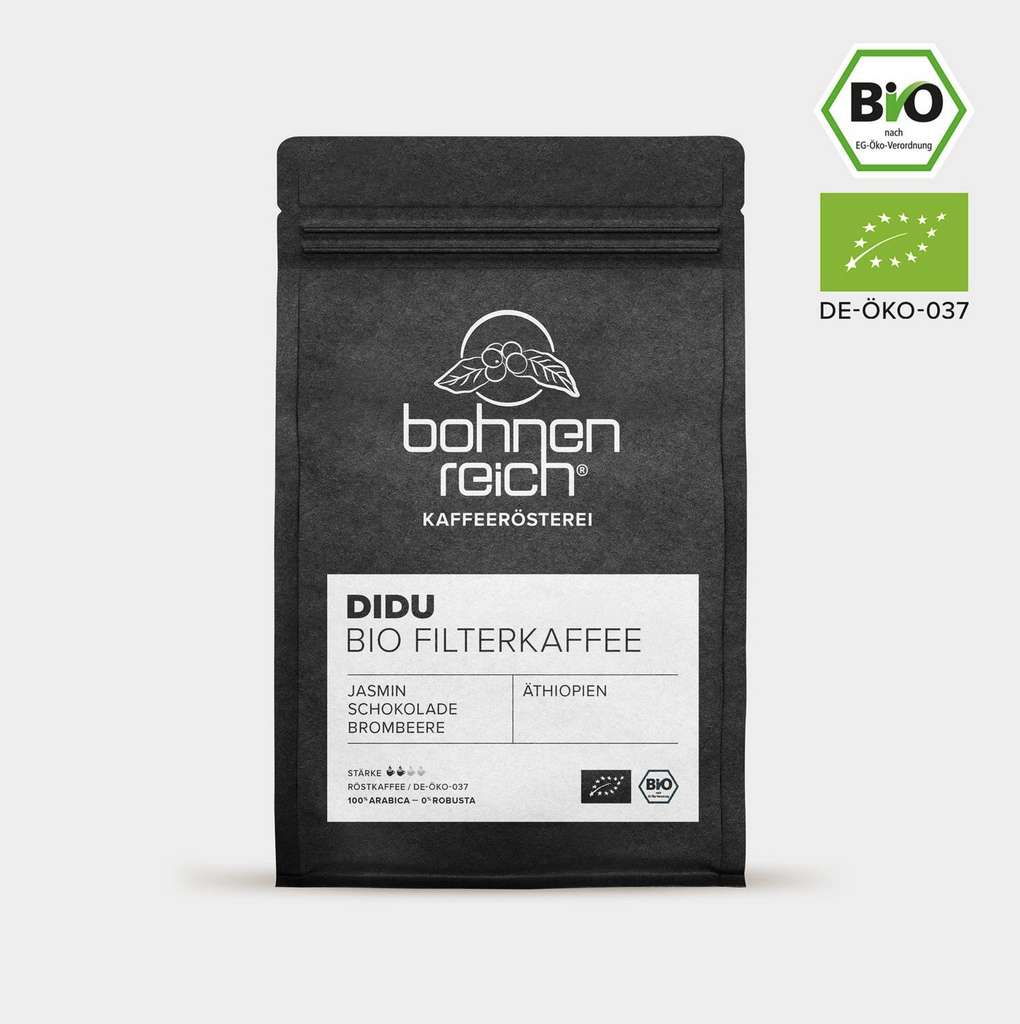In the cradle of coffee – Ethiopia
In today’s Ethiopia, the history of coffee began in the first place. And whoever brings some time to the article will understand where my website gets its name from. Read more about coffee in Ethiopia and where it all started.
- The shepherd Kaldi from Kaffa in the land of Abyssinia noticed that his goats did not want to sleep at night, and went to the cause.
- Monks found that the goats nibbled during the day on the yellow and red cherries of a green shrub – the coffee shrub.
- The monks prepared an infusion of the cherries and were thus able to watch, pray or have lively conversations at night.
- However, it was still a long way to the roasted coffee.
- Coffee in Ethiopia was mentioned as early as the 9th century.
- From Ethiopia, the coffee was probably brought by slave traders to Arabia in the 11th or 14th century.

- But the golden age of coffee was brought to an abrupt end by the 1974 revolution.
- In the next 17 years of Communist rule, the coffee sector came to a virtual standstill.
- Due to the liberalized market and increased private-sector activity the coffee trade regained momentum in the 1990s.
Coffee in Ethiopia today
- In total, about 15 million people live from cultivation of coffee in Ethiopia.
- Most sun-dried Ethiopian coffees come from the mountainous regions east of the capital Addis Ababa – in Harrar, which is the oldest coffee region known.
- Most of the washed coffee comes from the highlands to the south and west of Adis Ababa – the best known are Yirgacheffe, Sidamo and Limu.
- While the dry-processed coffees from Ethiopia taste mysterious and ambiguous, the best washed coffees in the country are simply elegant: their aroma is light, fruity with lemon and floral tones.
Traditional Preparation of coffee in Ethiopia
Jebena
The Jebena is a bell-shaped 20 cm clay pot with a long thin neck and round bottom. This helps to avoid the froth of the coffee by distributing the steam bubbles more evenly. That the Jebena does not tip over, it is placed on a ring of straw.
The Coffee Ceremony Buna
- Coffee in Ethiopia usually takes place with friends, neighbors or relatives and strengthens the community feeling.
- Traditionally, the fresh green coffee beans are washed by women, rubbed dry and then roasted in a flat metal tray on glowing charcoal and then ground with a mortar.
- Now the water is boiled in the Jebena.
- Then the coffee powder is put into the pot and boiled.
- Recipes of coffee in Ethiopia depend on region – sometimes spices such as cloves, cardamom, a pinch of salt or milk are also boiled up.
Advertisment
- After that the coffee is poured into small porcelain cups in a thin golden stream of about 30 cm in height and drunk with lots of sugar.
- The coffee table on which the coffee dishes are placed is called Rekebot (የቡና ረከቦት)
- For this, freshly roasted grains, chickpeas or popcorn are served.
- While all guests enjoy their first coffee, the hostess cooks up the second brew, where worries and problems are discussed.
- The last brew is the third and serves the blessing. In many parts of Ethiopia, the ritual takes place in the morning, at noon and in the evening.
Tenadam Coffee
Tena’dam | ጤና አዳም (Garden Rue)* is a herb that grows in Ethiopia and used to flavor coffee. Simply put some green leaves on top of the coffee in your cup. The leaves can enhance the taste of good coffee to greatness by sweetening it. But too much of the herb can turn the coffee into an herbal mess and make it bitter.
In Ethiopian folk medicine, Tenadam is also used to treat colic in babies, diarrhea, ear ache, heart pain, hemorrhoids, influenza symptoms and intestinal disorders. The fruits are used as an ingredient for Berbere, a common spice for many Ethiopian foods.
Advertisment
For advertising links on this page the dealer may pay a commission. These advertising links are marked with an asterisk (*) – images and banners are marked with “Ads” or “Advertisment”. There are no costs for you. Find more information in the data protection regulations here.














